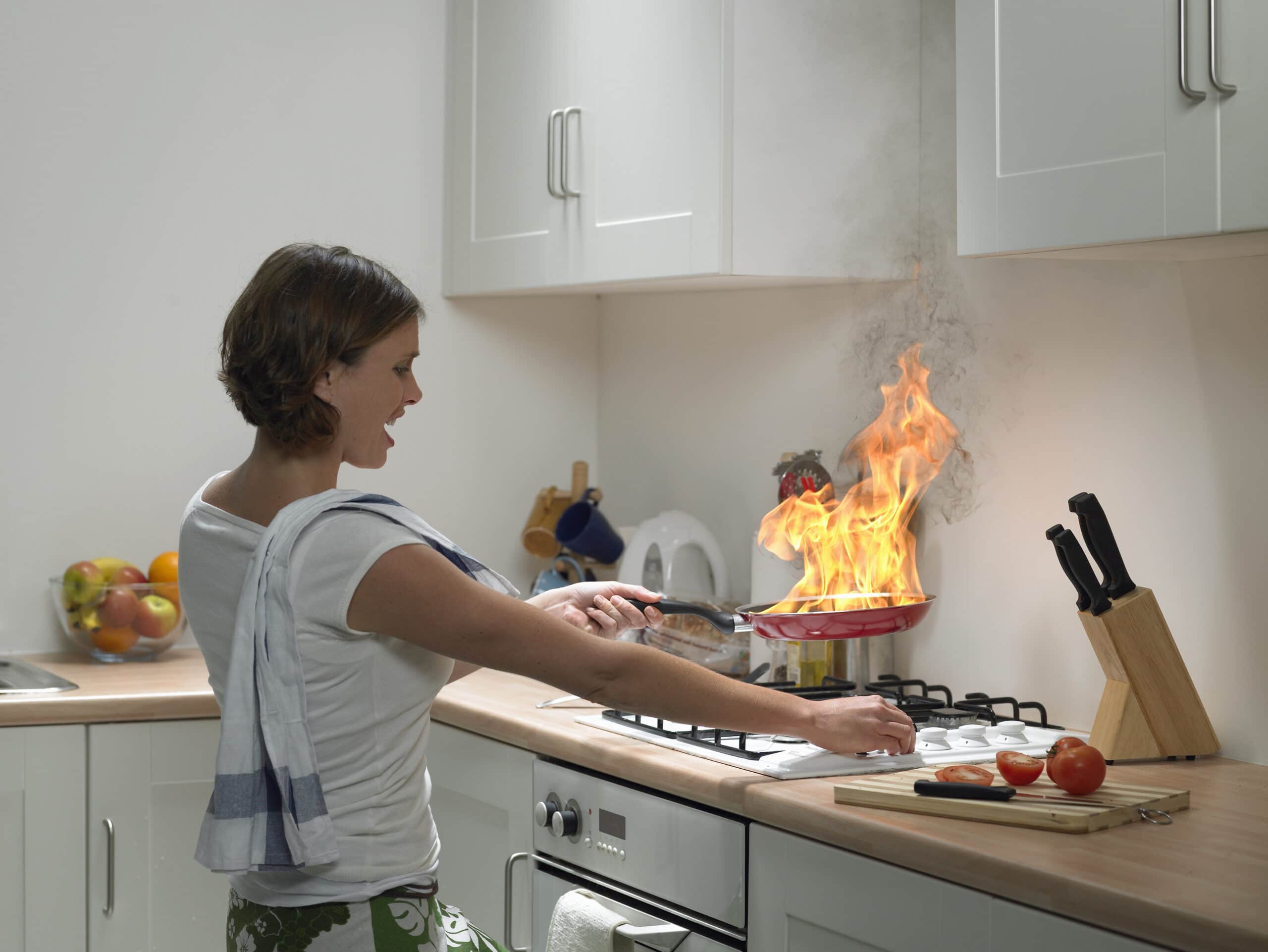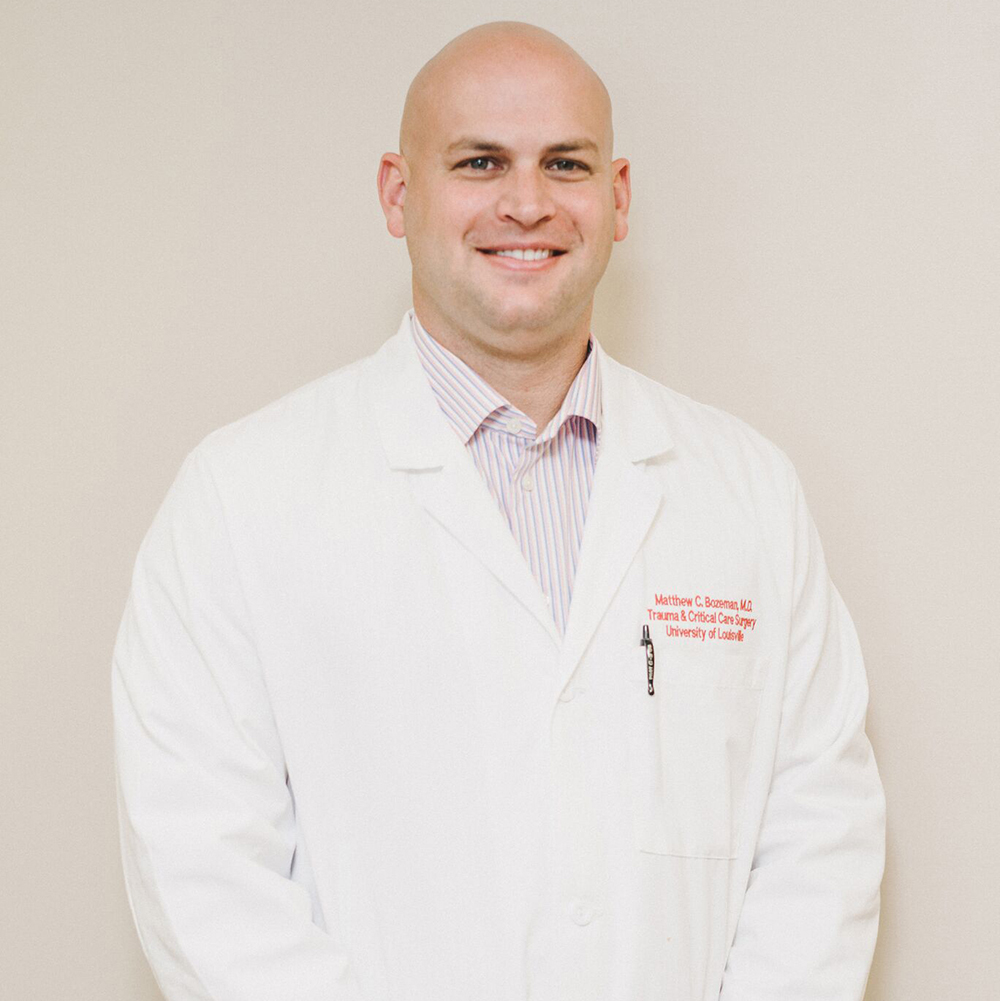
 National burn awareness week is observed the first full week in February, and was created to enable fire and burn educators to share awareness and prevention messages in our communities.
National burn awareness week is observed the first full week in February, and was created to enable fire and burn educators to share awareness and prevention messages in our communities.
As the only dedicated adult burn center in Kentucky, UofL Health – UofL Hospital recognizes national burn awareness week and this year’s focus on contact burns.
Hot surfaces damage skin!
Nationwide in 2018, about 70,000 people went to hospital emergency departments because of contact burns (National Electronic Injury Surveillance System- NEISS).
UofL Hospital admitted 178 patients with burn injuries and treated 189 patients in the Burn Clinic in 2018 from all causes. Many of those patients were treated for contact burns from heating pads/devices, grease, and touching hot objects.
Consider some of the following prevention tips:
- Wear long oven mitts when grilling out or reaching into the oven.
- Protect your feet from hot objects by wearing shoes when walking on hot pavement or hot sand.
- Protect your pets’ feet from hot pavement and surfaces.
- Stand at least 3 feet from hot outdoor objects such as fire pits, and limit alcohol consumption around these areas.
- Unplug hot items such as hair appliances, kitchen appliances, and tools. Always treat as if they are still hot.
- Supervise children around hot objects at all times.
- If a fire occurs while cooking, cover the pan with its lid or a cookie sheet. NEVER move the pot or attempt to carry it outside. NEVER use water to put out a kitchen fire. Turn the heat off.
- Always keep a working fire extinguisher nearby.
Please keep in mind some of these other tips during the colder months.
Frostbite
Hypothermia is a medical emergency that occurs when the body loses heat faster than it can produce heat resulting in a life-threatening low body temperature (below 95° F). Frostbite can accompany hypothermia. Frostbite is the freezing of exposed body parts such as fingers, toes, nose or earlobes. Some symptoms of frostbite include but are not limited to:
- the area being cold to touch, cherry-red, mottled, pale or white appearance
- feeling of numbness, “pins and needles”
- pain
An average of 1,300 deaths per year in the U.S. were associated with cold exposure. Alcohol and drug use increase the chances of suffering a frostbite injury and/or hypothermia.
To prevent developing frostbite, follow these tips:
- Dress in several layers of loose, warm clothing
- Wear hats that fully cover the ears, warm boots, and gloves/mittens
- Drink plenty of warm fluids but avoid alcohol and caffeine
- Limit exposure to outdoor activities when the temperature is near 5° F.
If you believe that you may have frostbite or are becoming hypothermic please consider taking the following steps:
- Seek medical attention as soon as possible.
- Shivering is the first sign that your body is losing heat. Seek shelter and warmth!
- Remove wet clothing and replace with warm, dry clothing.
- Warm the center of your body by using warm blankets and drinking warm beverages.
- If blisters form, leave then intact.
Fireplace Burns
Gas fireplace glass doors can reach excessive temperatures (1,300° F), and can remain hot for one hour after use. Serious burn injuries from the hot glass can happen in less than 1 second. To best protect you, your loved ones and pets, consider the following:
- Use safety gates
- Install screen barriers
- Supervise toddlers, young children and pets around fireplaces
- Never use an accelerant (gasoline) on a fireplace or any fire
Pavement Burns
Even on cooler days, be aware that asphalt can reach temperatures 40°-60° hotter than the air. When the temperature is 77° F, the asphalt can reach a temperature of 125° F!
If you won’t walk on hot asphalt, why would you make your pets? Take precautions before taking your furry friends on a walk and be sure to protect them from the hot asphalt.
UofL Hospital has been treating burn patients since 1984. For more information, visit https://uoflhospital.org/services/burn-center.









